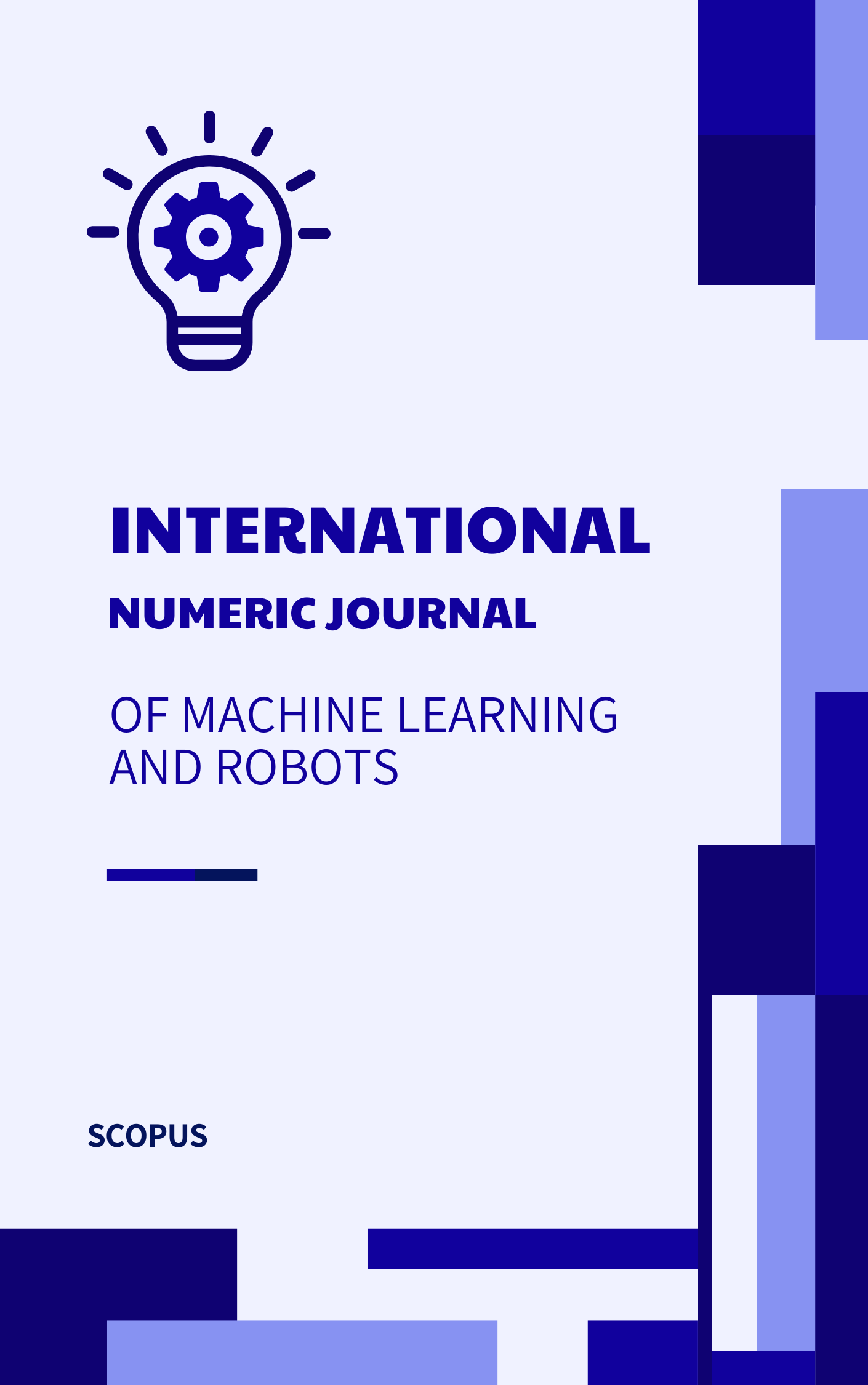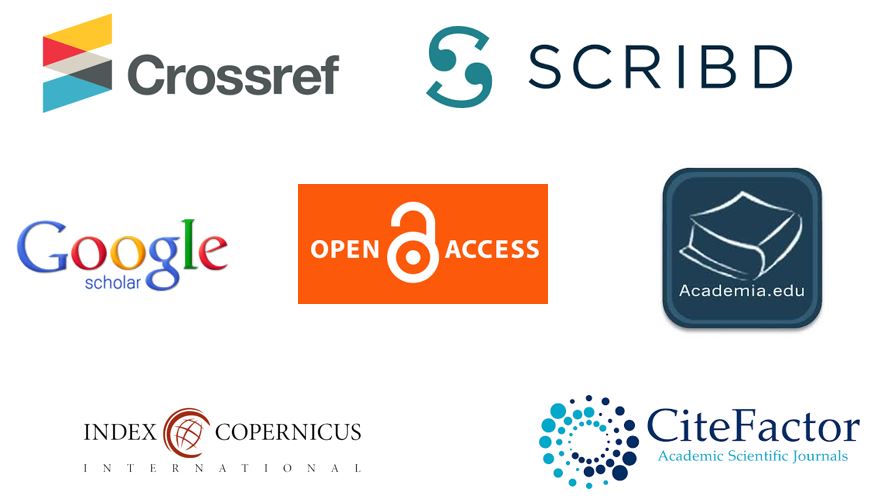AI-Based Sentiment Detection in mHealth Platforms for Real-Time Mental Health Interventions
Abstract
This paper presents an AI-based sentiment detection system for real-time mental health interventions in mHealth platforms. By analyzing text messages exchanged between patients and healthcare providers, the system identifies emotional distress and triggers timely interventions.
References
Pillai, S. E. V. S., & Hu, W. C. (2023, May). Misinformation detection using an ensemble method with emphasis on sentiment and emotional analyses. In 2023 IEEE/ACIS 21st International Conference on Software Engineering Research, Management and Applications (SERA) (pp. 295-300). IEEE.
Kalla, D., Smith, N., Samaah, F., & Polimetla, K. (2022). Enhancing Early Diagnosis: Machine Learning Applications in Diabetes Prediction. Journal of Artificial Intelligence & Cloud Computing. SRC/JAICC-205. DOI: doi. org/10.47363/JAICC/2022 (1), 191, 2-7.
Ko, B. C. (2018). A brief review of facial emotion recognition based on visual information. Sensors, 18(2), 401. https://doi.org/10.3390/s18020401
LeCun, Y., Bengio, Y., & Hinton, G. (2015). Deep learning. Nature, 521(7553), 436-444. https://doi.org/10.1038/nature14539
Liu, B., & Zhang, L. (2012). A survey of opinion mining and sentiment analysis. Mining Text Data, 415-463. https://doi.org/10.1007/978-1-4614-3223-4_13
McDuff, D., & El Kaliouby, R. (2015). Applications of automatic facial coding in media measurement. IEEE Transactions on Affective Computing, 6(2), 190-202. https://doi.org/10.1109/TAFFC.2015.2445334
Mehrabian, A. (1971). Silent messages: Implicit communication of emotions and attitudes. Wadsworth Publishing Company.
Mittal, T., Bhattacharya, U., Chandra, R., Bera, A., & Manocha, D. (2020). EmotiCon: Context-aware multimodal emotion recognition using frege's principle. 2020 IEEE/CVF Conference on Computer Vision and Pattern Recognition (CVPR), 14234-14243. https://doi.org/10.1109/CVPR42600.2020.01425
Poria, S., Cambria, E., Bajpai, R., & Hussain, A. (2017). A review of affective computing: From unimodal analysis to multimodal fusion. Information Fusion, 37, 98-125. https://doi.org/10.1016/j.inffus.2017.02.003
Russell, J. A. (1980). A circumplex model of affect. Journal of Personality and Social Psychology, 39(6), 1161-1178. https://doi.org/10.1037/h0077714
Scherer, K. R., Bänziger, T., & Roesch, E. B. (2010). A blueprint for affective computing: A sourcebook and manual. Oxford University Press.
Shen, L., Wang, M., & Shen, Y. (2011). Sentiment classification of online reviews to travel destinations by supervised machine learning approaches. Expert Systems with Applications, 38(10), 14059-14065. https://doi.org/10.1016/j.eswa.2011.04.066
Tkalčič, M., De Carolis, B., De Gemmis, M., Odić, A., & Košir, A. (2016). Emotions and personality in personalized services. Springer.
Wöllmer, M., Eyben, F., Schuller, B., & Rigoll, G. (2010). A multi-modal LSTM–MRF model for robust facial expression recognition. 2010 IEEE International Conference on Acoustics, Speech and Signal Processing (ICASSP), 3642-3645. https://doi.org/10.1109/ICASSP.2010.5495407
Zeng, Z., Pantic, M., Roisman, G. I., & Huang, T. S. (2009). A survey of affect recognition methods: Audio, visual, and spontaneous expressions. IEEE Transactions on Pattern Analysis and Machine Intelligence, 31(1), 39-58. https://doi.org/10.1109/TPAMI.2008.52





